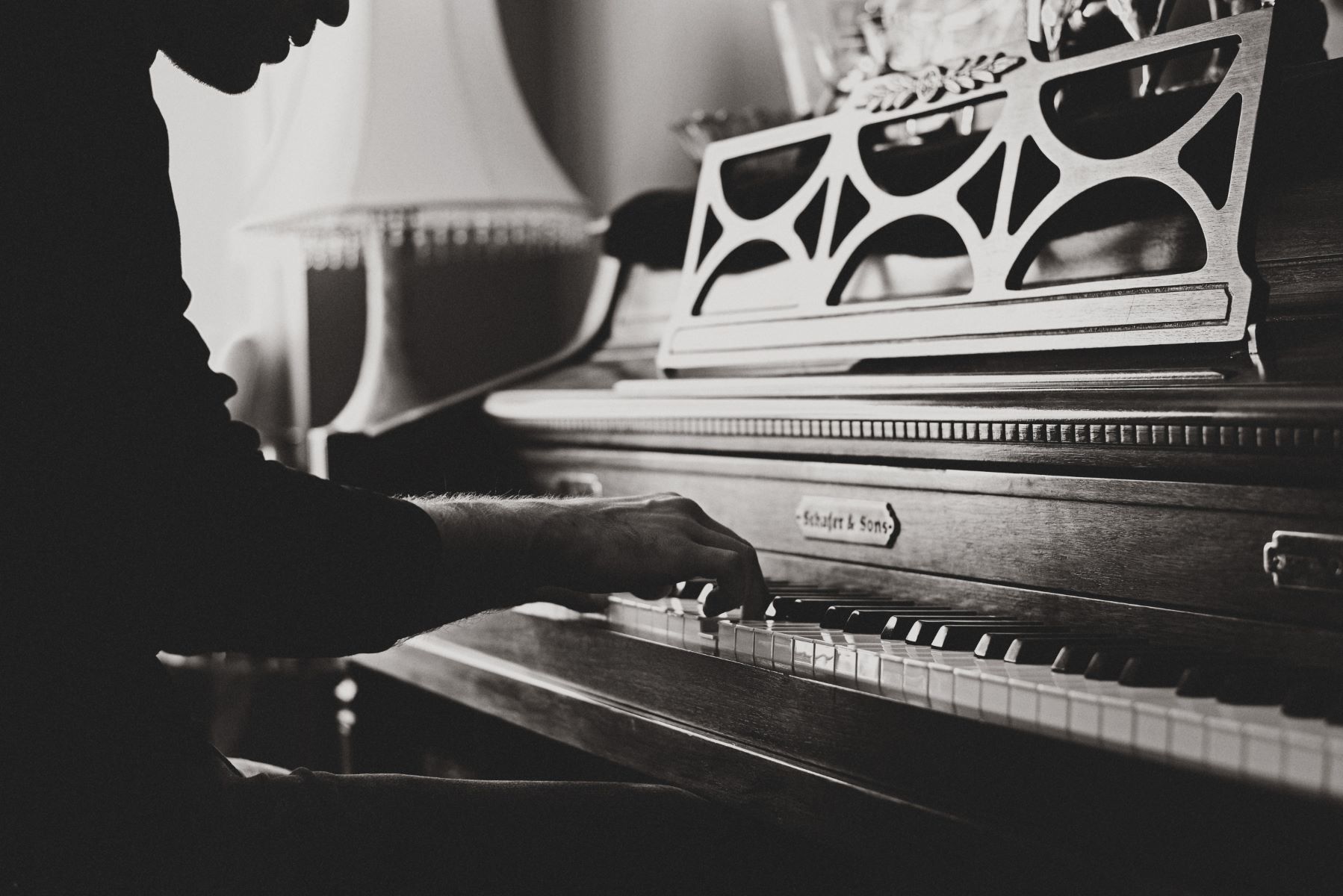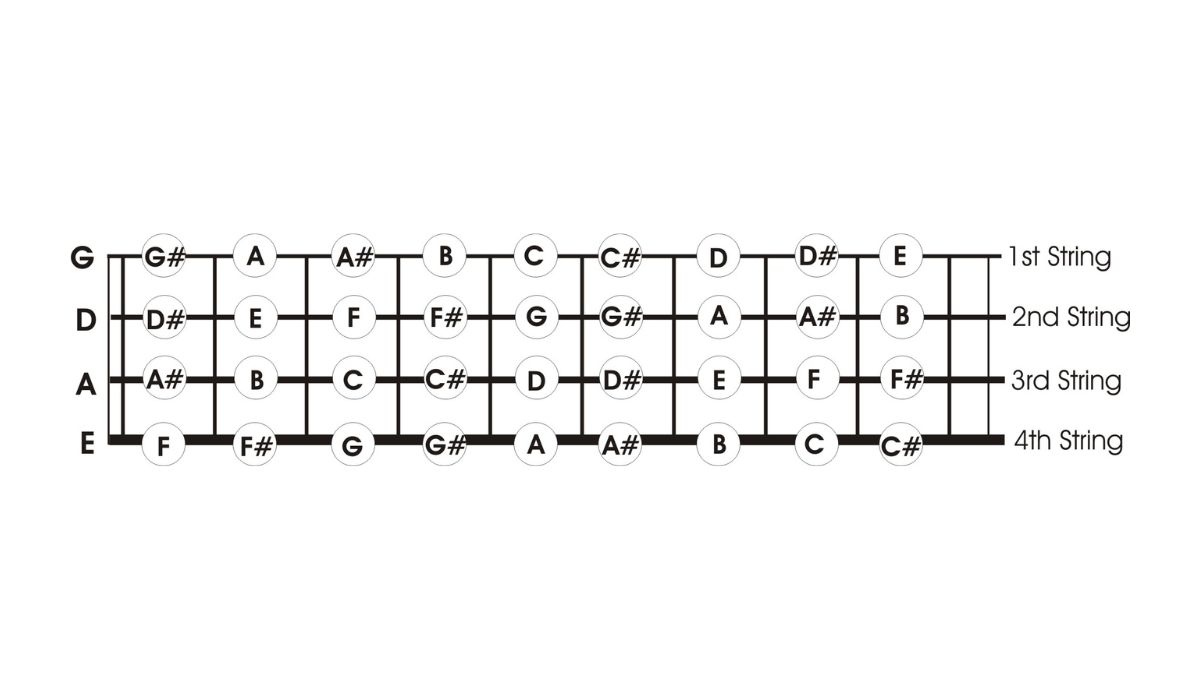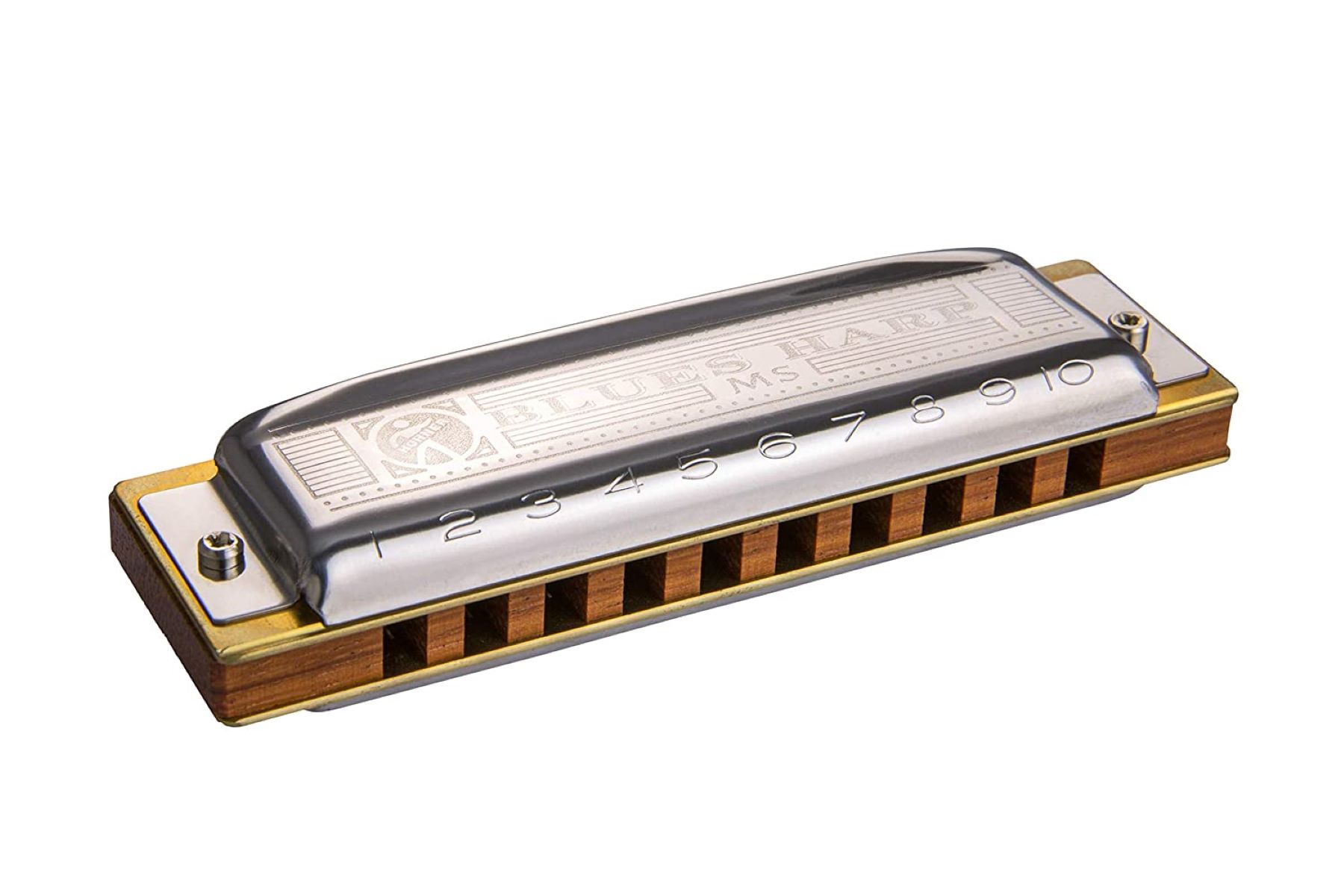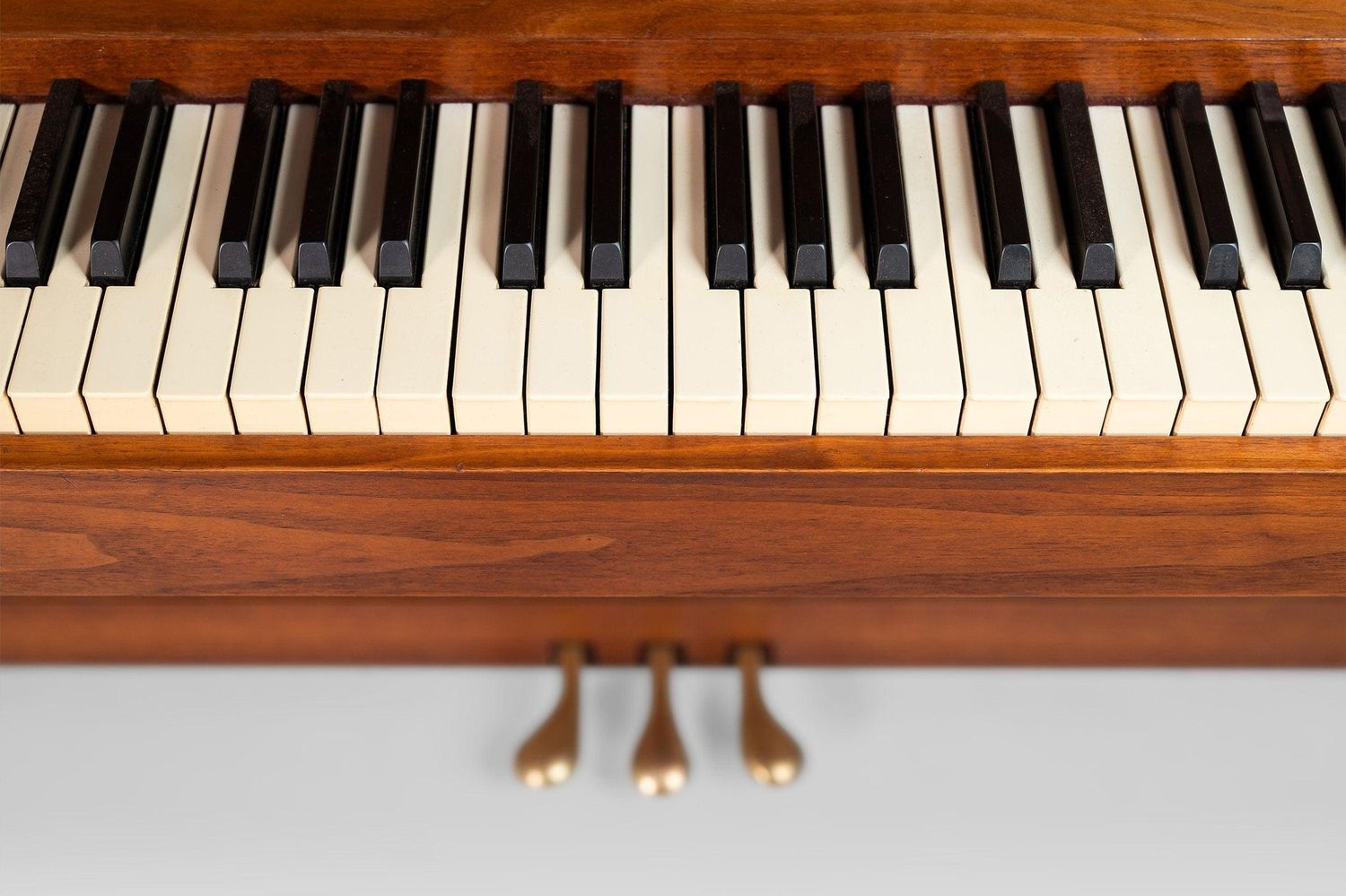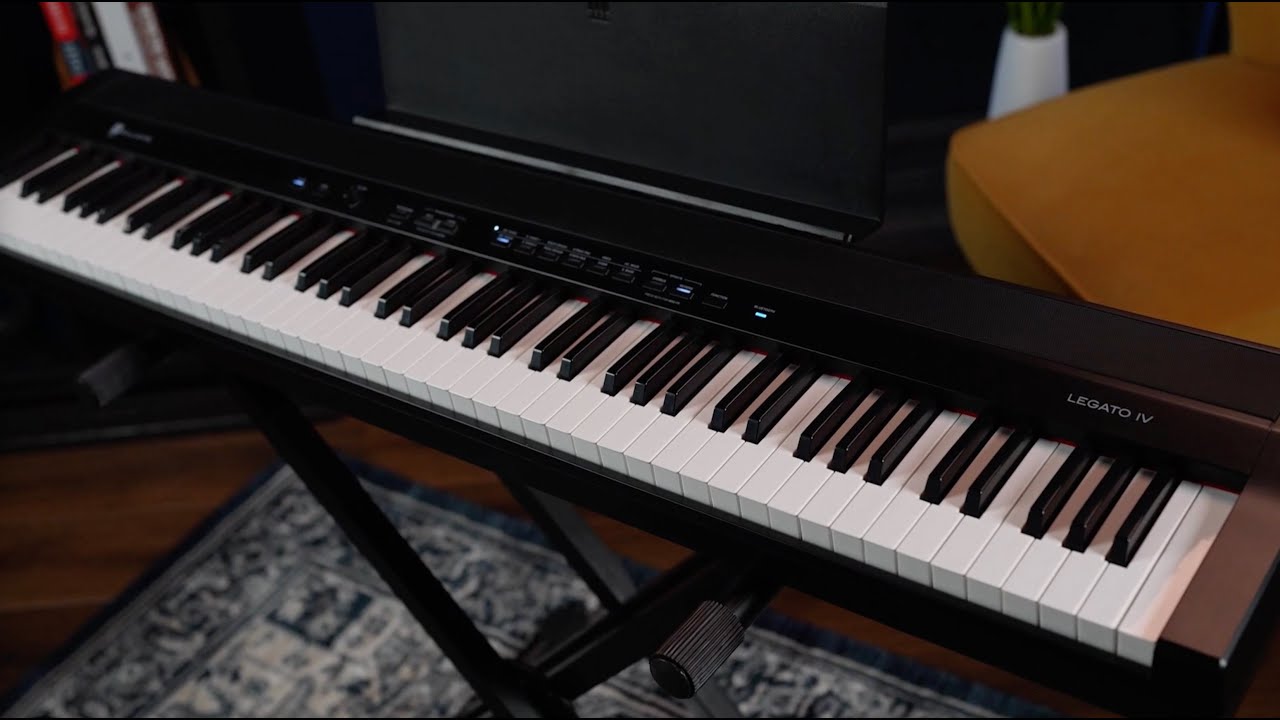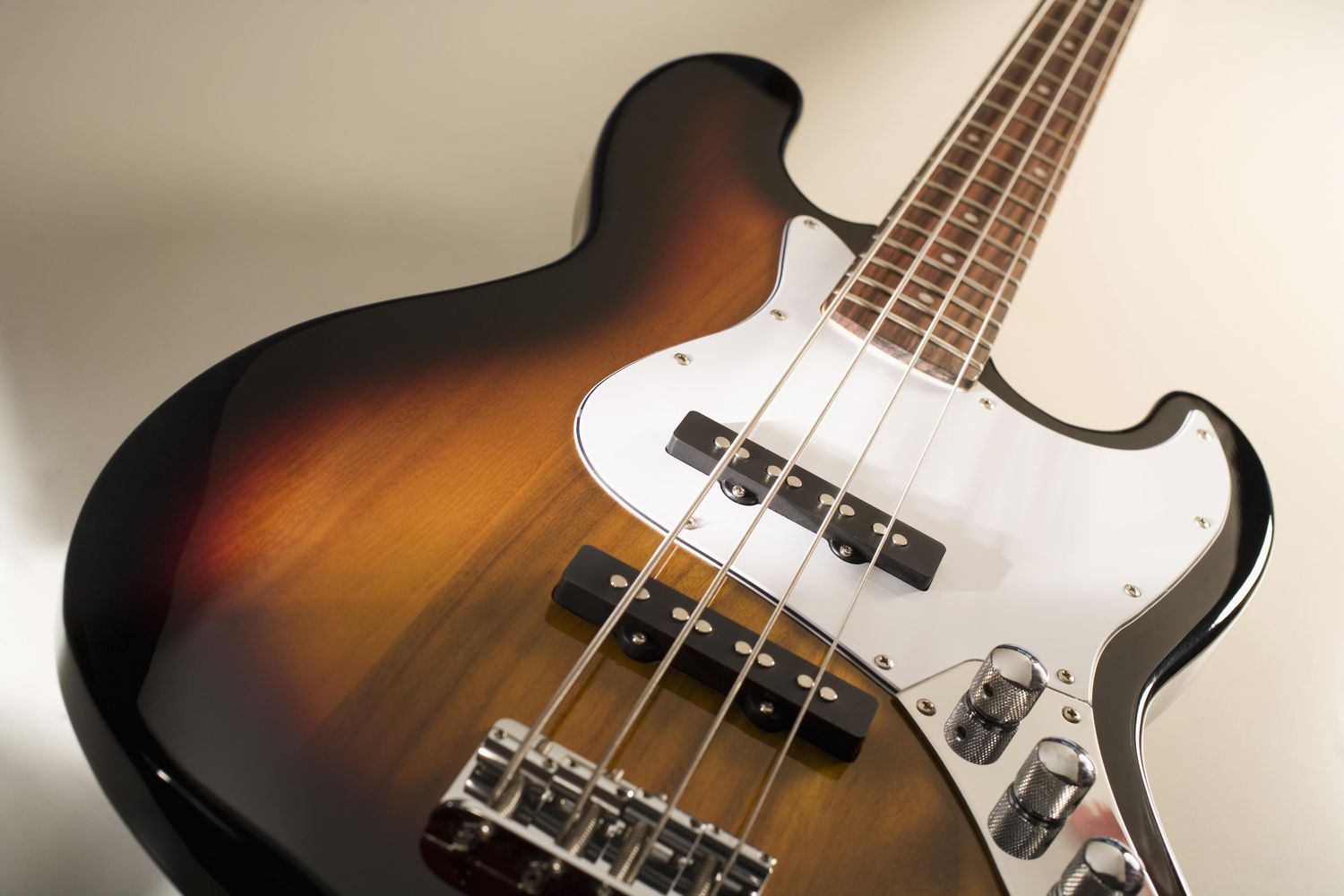Home>Instruments>Harmonica>What Key Harmonica To Use


Harmonica
What Key Harmonica To Use
Modified: February 3, 2024
Looking for the right harmonica? Discover what key harmonica to use with our comprehensive guide. Master the art of playing harmonica effortlessly.
(Many of the links in this article redirect to a specific reviewed product. Your purchase of these products through affiliate links helps to generate commission for AudioLover.com, at no extra cost. Learn more)
Table of Contents
Introduction
Welcome to the world of harmonica playing! Whether you’re a beginner or an experienced player, one of the most important things to consider is choosing the right harmonica key. The key of the harmonica determines the scale or set of notes that it can produce. Understanding the concept of harmonica key is essential for creating beautiful melodies and enjoying the instrument to its fullest.
In this article, we will explore the different harmonica key options available to you and help you understand how to choose the right one based on your musical preferences and the style of music you want to play. So let’s dive in and uncover the mysteries of harmonica keys!
When talking about harmonica keys, it’s important to note that harmonicas are designed to play in specific keys or scales. The key refers to the tonic note or the starting point of the scale. For example, if you have a harmonica in the key of C, it means that the instrument is tuned to play a C major scale.
Choosing the right harmonica key depends on various factors, such as the type of music you want to play, the desired sound, and your personal skill level. Different keys lend themselves better to certain genres and musical styles. It’s crucial to understand the characteristics of each key and how they will affect your playing.
Before we delve into the different harmonica key options, it’s worth noting that most harmonicas are diatonic, meaning they are designed to play in a single key. If you want to play in different keys, you’ll need to have multiple harmonicas in different keys.
Now that we have a basic understanding of harmonica keys, let’s proceed to the next section and explore the different types of harmonica keys available.
Understanding Harmonica Key
To truly grasp the concept of harmonica key, we need to understand the layout and structure of the instrument. A diatonic harmonica consists of multiple reeds for each hole, and these reeds are responsible for producing different notes when you blow or draw air through them.
Each hole on the harmonica has two reeds—one for blowing and one for drawing. When you blow into a hole, it produces one note, and when you draw air, it produces a different note. The positioning of the reeds and their relationship to each other determines the key of the harmonica.
For example, if you have a harmonica in the key of C, the blow notes and draw notes will follow the C major scale. The blow notes will produce the C major scale when you play them sequentially, and the draw notes will create the notes of the G major scale. Understanding this relationship is essential for playing melodies and chords on the harmonica.
It’s important to note that each key has its own unique sound and feel. The choice of harmonica key can greatly impact the character of the music you play. For instance, a harmonica in the key of C tends to have a bright and happy sound, while a harmonica in the key of A might produce a deeper and more bluesy tone.
Furthermore, it’s worth mentioning that harmonica players often use bending techniques to produce additional notes that are not naturally present on the instrument. Bending involves changing the shape of your oral cavity to alter the pitch of the reed and generate lower and higher notes. The bending techniques vary depending on the harmonica key and the desired notes.
Now that we have a solid understanding of how harmonica keys work, let’s move on to the next section and explore how to choose the right harmonica key for your musical endeavors.
Choosing the Right Harmonica Key
When it comes to choosing the right harmonica key, there are a few factors to consider. The style of music you want to play and your personal preferences play a crucial role in determining the ideal harmonica key for you.
If you’re just starting out or looking for versatility, the key of C is a popular choice. It is often recommended for beginners as many instructional materials and songs are written with the C harmonica in mind. It is also a versatile key that allows you to play various genres such as folk, blues, and pop.
For blues enthusiasts, the key of A is a common choice. The lower pitch of the A harmonica gives it a rich and gritty sound that is perfect for blues bends and soulful melodies. Similarly, the key of D is favored by bluegrass players for its bright and lively sound.
If you’re interested in playing country music, the key of G is a go-to option. The G harmonica produces a warm and twangy sound that complements country melodies and licks. On the other hand, if you’re into playing rock and roll or jazz, the key of E is often preferred for its edgier and bluesy qualities.
While these recommendations can serve as a starting point, experimenting with different keys is always encouraged. Each key has its own unique feel and sound, and your personal preference may guide you to a different choice entirely.
Additionally, if you want to play in different keys without carrying multiple harmonicas, you can consider getting a chromatic harmonica. A chromatic harmonica allows you to play all the notes in the chromatic scale, giving you the ability to play in any key by using a button to activate the sharps and flats.
Ultimately, the right harmonica key for you will depend on your musical goals, the genres you want to explore, and your own personal style as a player. Don’t be afraid to try out different keys and let your ears be the judge of what sounds best to you.
Now that you have a better understanding of the considerations involved in choosing the right harmonica key, let’s move on to the next section and explore the major keys available.
Major Keys
When it comes to harmonica playing, major keys hold a special place. The major keys are the keys commonly associated with joyful and uplifting melodies. They are widely used in various genres from folk and pop to jazz and classical music.
The major keys available on the harmonica include C, G, D, A, E, B, F#, Db, Ab, Eb, Bb, and F. Each key represents a different tonic note and has its own distinctive sound and characteristics.
Let’s take a closer look at a few major keys and their qualities:
- Key of C: The key of C is often considered the default key and is favored by beginners. It has a clean and bright sound that suits a wide range of musical styles. Many instructional materials and songs are geared towards the key of C as well.
- Key of G: The key of G has a warm and mellow sound, making it a popular choice for blues, country, and folk music. It is often used in conjunction with the key of C to create a harmonica duo for playing in different positions.
- Key of D: The key of D has a bright and lively sound, making it well-suited for bluegrass and Celtic music. It offers a higher pitch compared to the key of G and can add a touch of excitement to your playing.
- Key of A: The key of A is a favorite among blues players due to its deep and soulful tone. It allows for expressive bending techniques and is widely used in blues, rock, and jazz music.
These are just a few examples, and each major key has its own unique qualities and applications. It’s worth noting that playing in different positions on a single harmonica can open up even more possibilities in terms of key choices. By bending and using different playing techniques, you can access notes not naturally present in the key of the harmonica.
When exploring major keys on the harmonica, it’s important to experiment, have fun, and let your creativity shine. The key you choose will depend on your musical style, preferences, and the emotions you want to convey through your playing.
Now that we have covered major keys, let’s move on to the next section and delve into the world of minor keys on the harmonica.
Minor Keys
While major keys dominate much of the harmonica playing landscape, minor keys have a distinct and hauntingly beautiful quality that adds depth and emotion to your melodies. Minor keys are commonly used in genres such as blues, jazz, rock, and even classical music.
Just like major keys, minor keys on the harmonica correspond to different tonic notes and have their own unique sound. The minor keys available on the harmonica include Am, Em, Dm, Bm, F#m, C#m, G#m, Ebm, Bbm, Fm, Cm, and Gm.
Let’s explore a few minor keys and their characteristics:
- Key of Am: The key of Am is perhaps the most common minor key on the harmonica. It has a sorrowful and melancholic sound that resonates with the blues. It is versatile and widely used in various musical styles.
- Key of Dm: The key of Dm has a dark and moody quality that works well in blues, jazz, and rock music. Its lower pitch adds depth and intensity to your playing.
- Key of Em: The key of Em has a slightly brighter and more uplifting sound compared to other minor keys. It is often used in folk, pop, and rock music and can evoke a sense of nostalgia.
- Key of Bm: The key of Bm has a mysterious and mystical sound that works well in fusion, progressive, and experimental genres. It offers a unique sonic palette for creating atmospheric and unconventional melodies.
Minor keys allow for expressive playing, and they add a touch of emotion and depth to your harmonica repertoire. They are an excellent choice when you want to convey a sense of sadness, longing, or intensity in your music.
Like major keys, bending techniques and playing in different positions can further expand your options for playing in minor keys. By mastering these techniques, you can access additional notes and infuse your melodies with even more nuance and expression.
As you explore minor keys on the harmonica, remember to experiment with different techniques, explore different musical styles, and let your emotions guide your playing. The key you choose will depend on the mood you want to create and the story you want to tell through your music.
Now that we have covered major and minor keys, let’s wrap up our exploration in the final section of this article.
Conclusion
Choosing the right harmonica key is an essential step in your journey as a harmonica player. It determines the scale of notes you can play and greatly influences the sound and character of your music. By understanding the concept of harmonica key and considering factors such as the style of music you want to play and your personal preferences, you can make an informed decision.
Major keys offer a bright and joyful sound, perfect for various genres like folk, pop, and jazz. The key of C is often a great choice for beginners, while other major keys like G, D, and A cater to specific genres such as blues, country, and rock.
Minor keys, on the other hand, bring a haunting and emotional quality to your harmonica playing. They are commonly used in blues, jazz, rock, and other genres where you want to convey sadness, longing, or intensity. Keys such as Am, Dm, Em, and Bm add depth and complexity to your melodies.
Whether you stick to a single harmonica key or explore a variety of keys, remember to experiment, have fun, and let your creativity flow. Don’t be afraid to try different techniques, bend notes, and explore different musical styles to truly make the harmonica your own.
As with any musical instrument, the harmonica is a lifelong journey of exploration and expression. By understanding harmonica keys and choosing the right ones for your musical goals, you can unlock a world of possibilities and create beautiful melodies that resonate with your audience.
So dive into the world of harmonica keys, immerse yourself in the unique sounds they offer, and let your harmonica playing skills soar to new heights. Happy harmonica playing!

